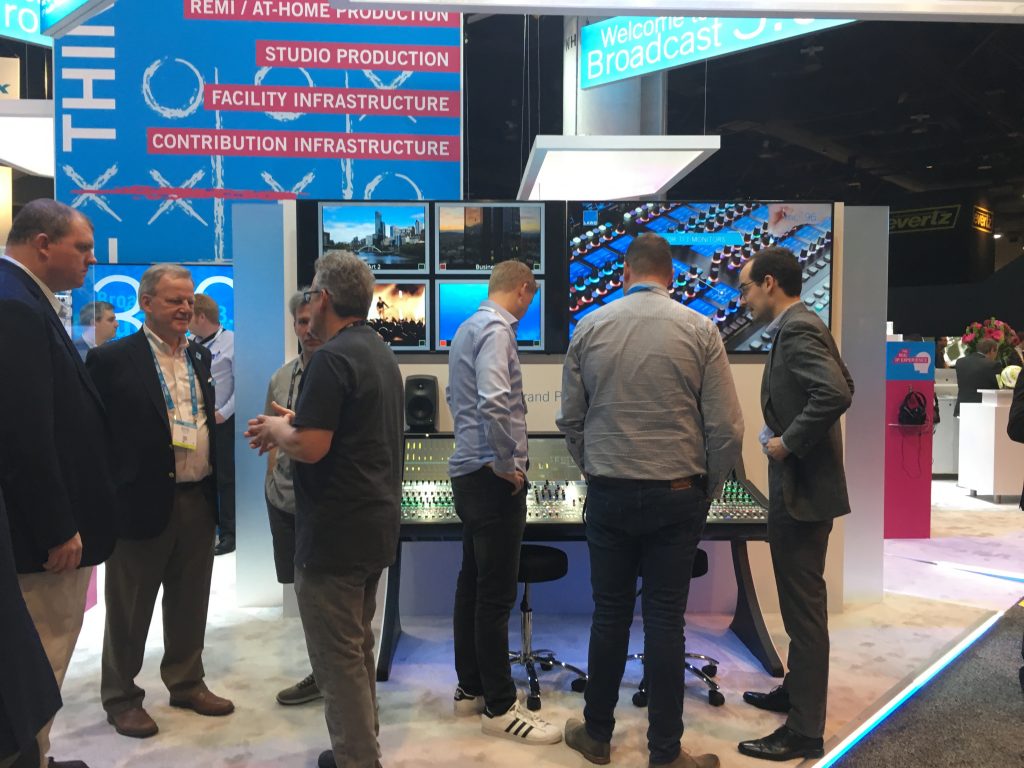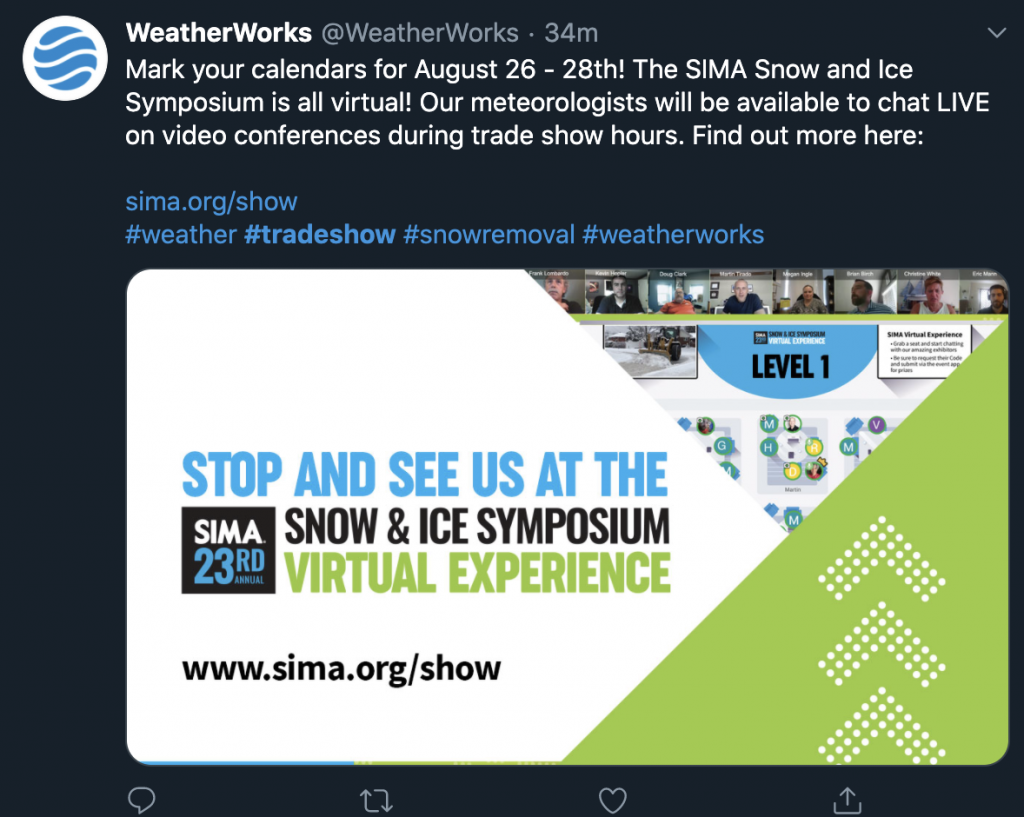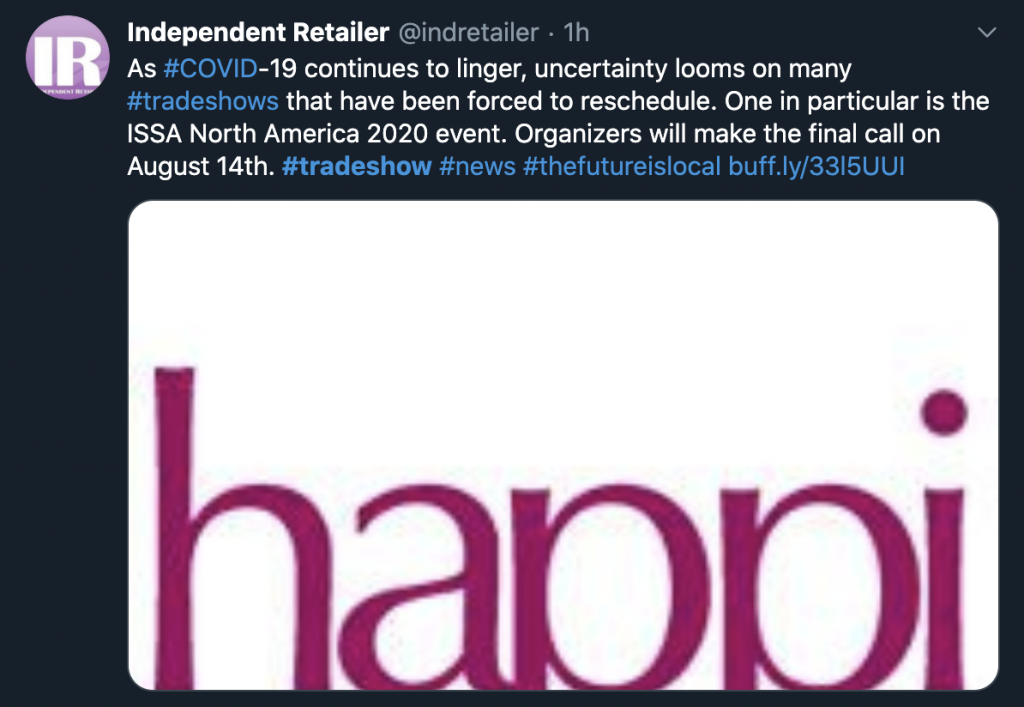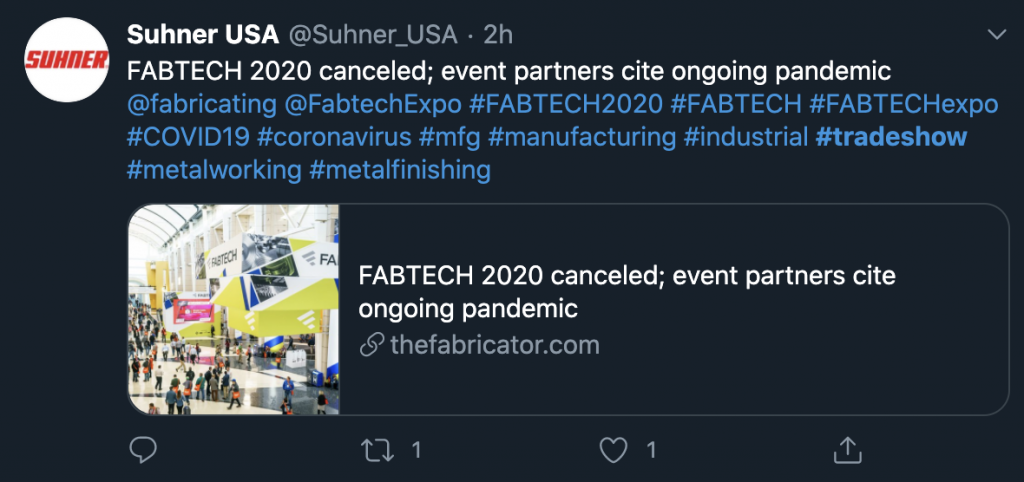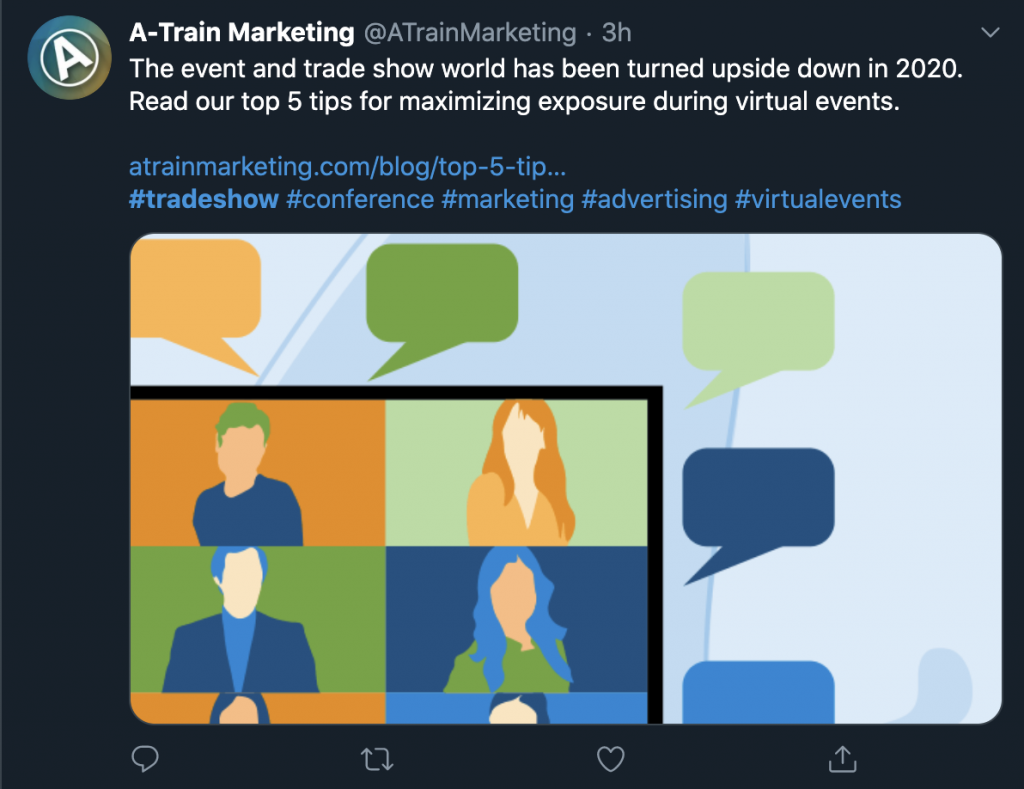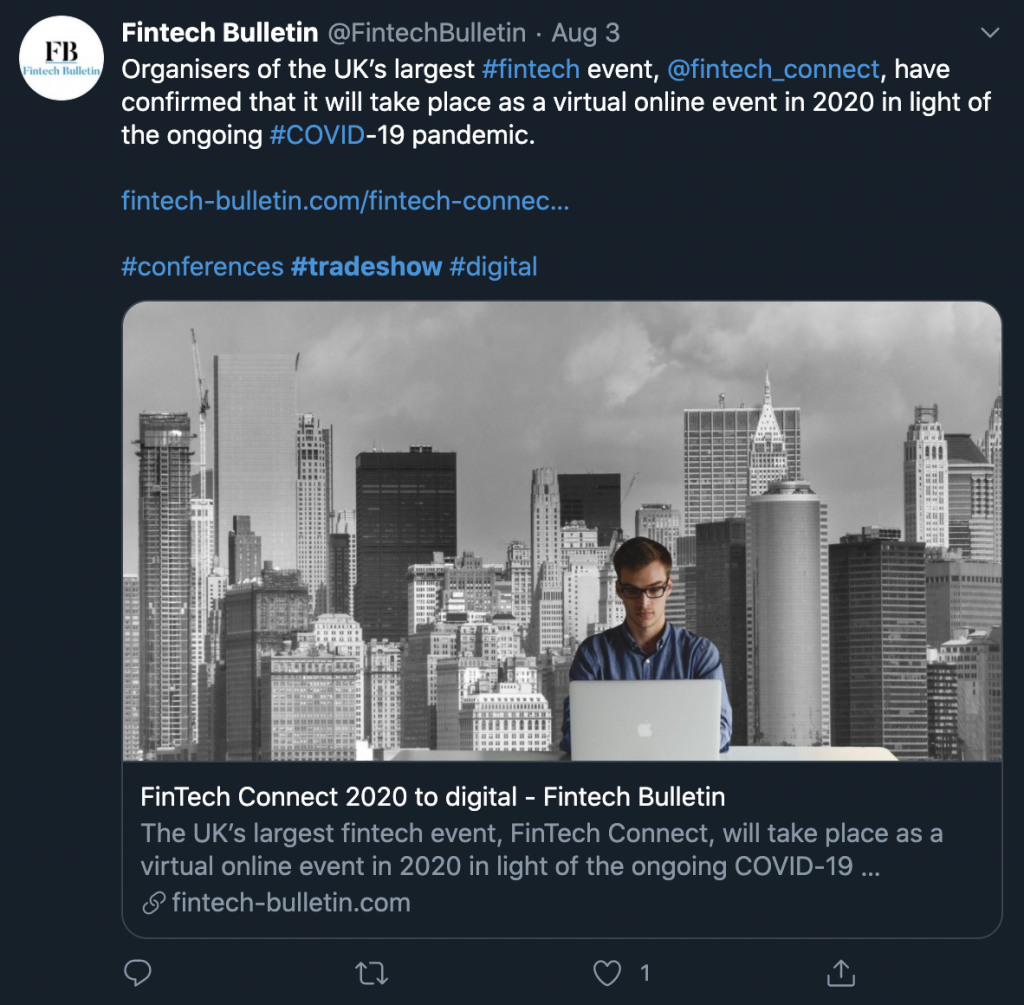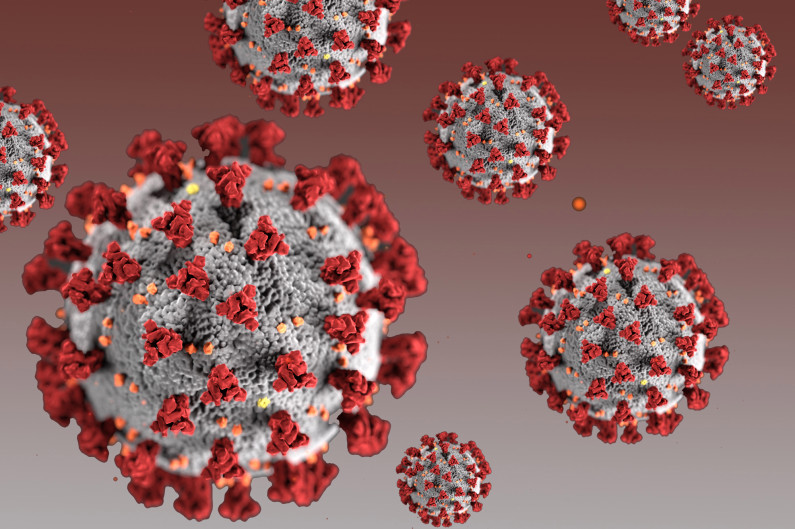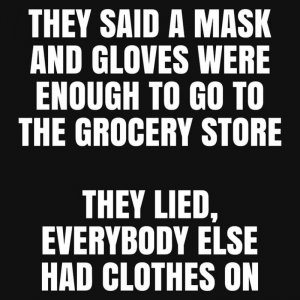16 Things You Can Do in a Virtual Tradeshow Exhibit
The use of virtual tradeshow exhibits may not be exploding, although my sense is that it is increasing. Some big tradeshows have gone completely virtual for the next year or so, maybe longer, depending on the depth and breadth of the COVID-19 pandemic.
Which leaves exhibitors in a bit of a quandary: what to do about virtual exhibits. Should you invest in one? Should you just wait out the pandemic and hope you can get back to live tradeshows in the next six to twelve months?
And if you are seriously considering a virtual exhibit, it’s important to consider all of the various things you can do in the exhibit. I’ve seen a few virtual exhibits lately, and there is a wide variety in the approach. Some exhibitors have chosen the simple, let’s-keep-the-cost-down approach. Others have tried to throw everything in but the kitchen sink.
As an aside, one exhibit maker I spoke with recently said that a recent client of theirs did a virtual exhibit and found that at the virtual tradeshow, they experienced a 700% increase in leads for a fraction of the cost of appearing at a live show. My eyes opened at that stat, and while it’s impressive, it’s likely not going to be a common experience for every virtual exhibitor. But it does demonstrate that there is a lot of potential in virtual tradeshows if you plan ane execute well.
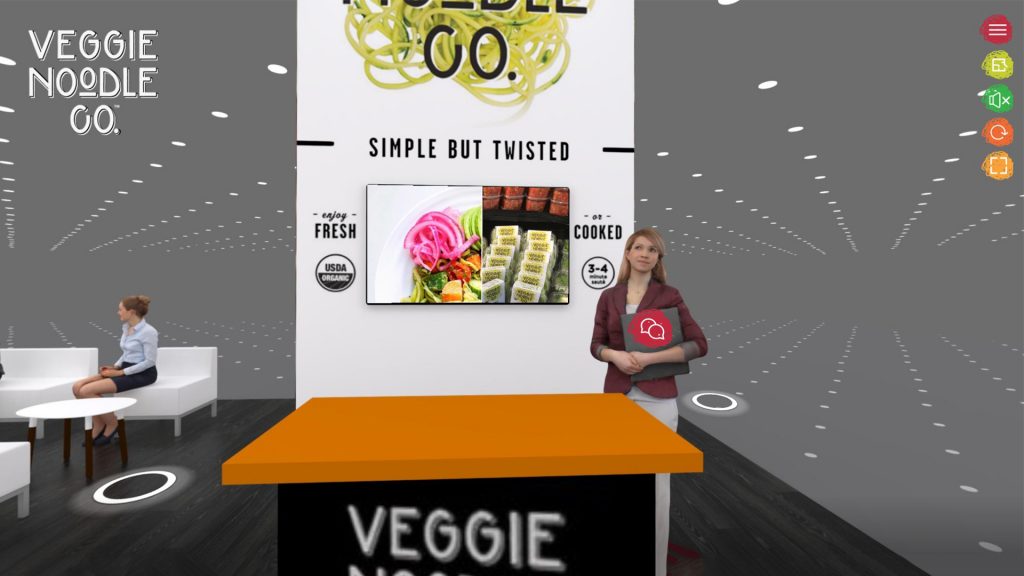
Having said that, there are a number of ways to get engagement at virtual tradeshows. The first is crucial: make sure that potential visitors know about your virtual tradeshow exhibit so that they are prepared, put it on their calendar, and have expectations.
The second is to build the expectations and prepare for them by putting specific things in your virtual tradeshow booth that visitors want. Things they’ll respond to, interact with, and share with others.
From that starting point, the question remains: what should be in your virtual exhibit? There are many answers, and your company’s specific needs should help frame the answer. Here are a lot of the things, perhaps not all, that could go into your exhibit. Keep in mind that each piece will add to your overall cost, much like a 3D real world exhibit, and that each piece of content, such as videos or white papers or PDF reports, all will take time and money to create. Before finalizing your plan, create a budget based on all of the pieces you think are necessary to make your virtual tradeshow booth a success.
Here are a number of things you can and should consider:
- Product Demos
- A place to collect visitor’s contact information
- Download Center (PDFs, coupons, sales sheets, special reports, etc.)
- Archived video
- Live stream video
- Live chat
- Booth tour
- Schedule a meeting
- Learn about your company
- Learn about new products
- Give people the ability to share things on social media
- Steer people to your social media outlets
- Leave an audio or video message
No doubt if you put your mind to it, you can come up with more. What am I missing?




